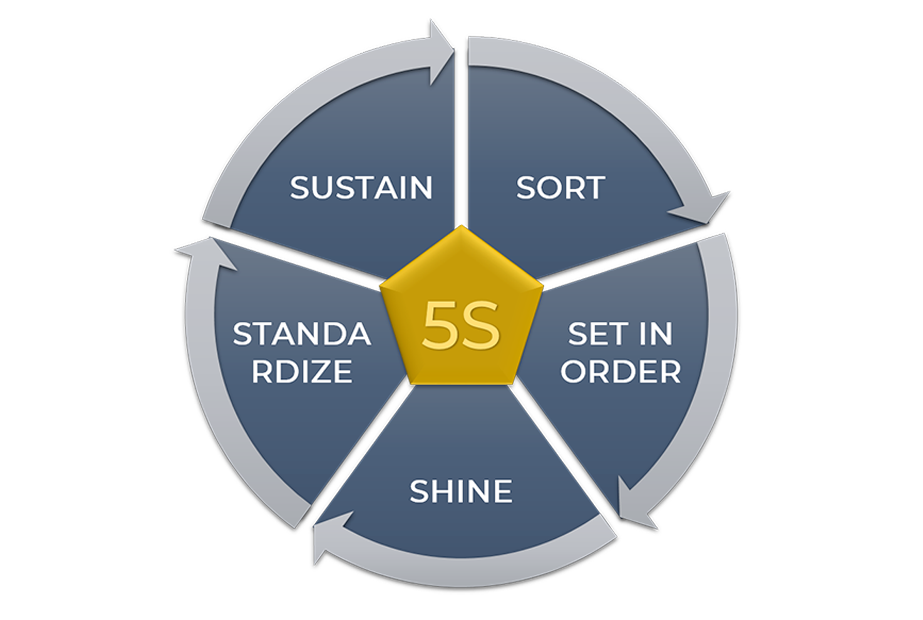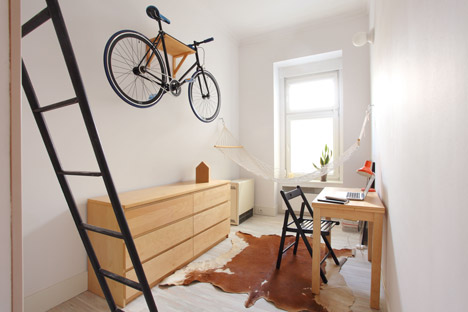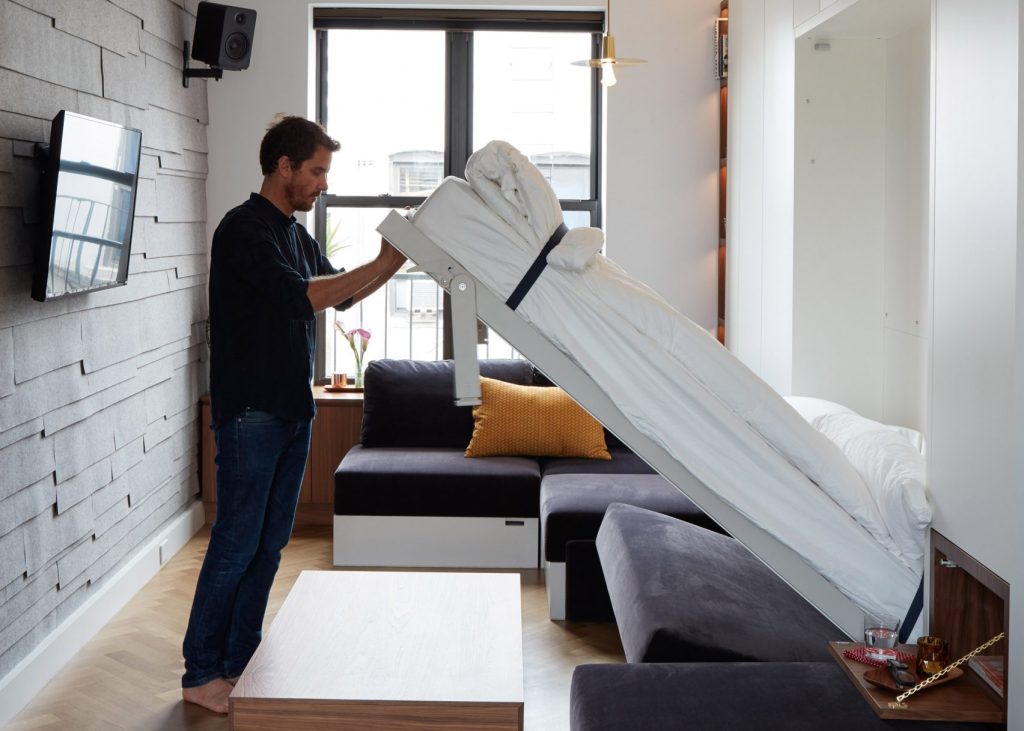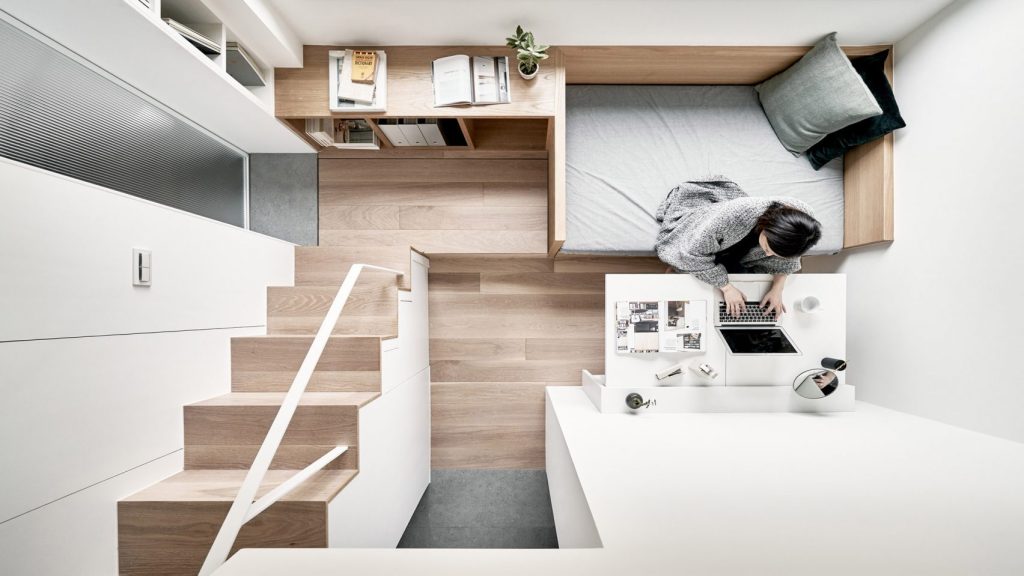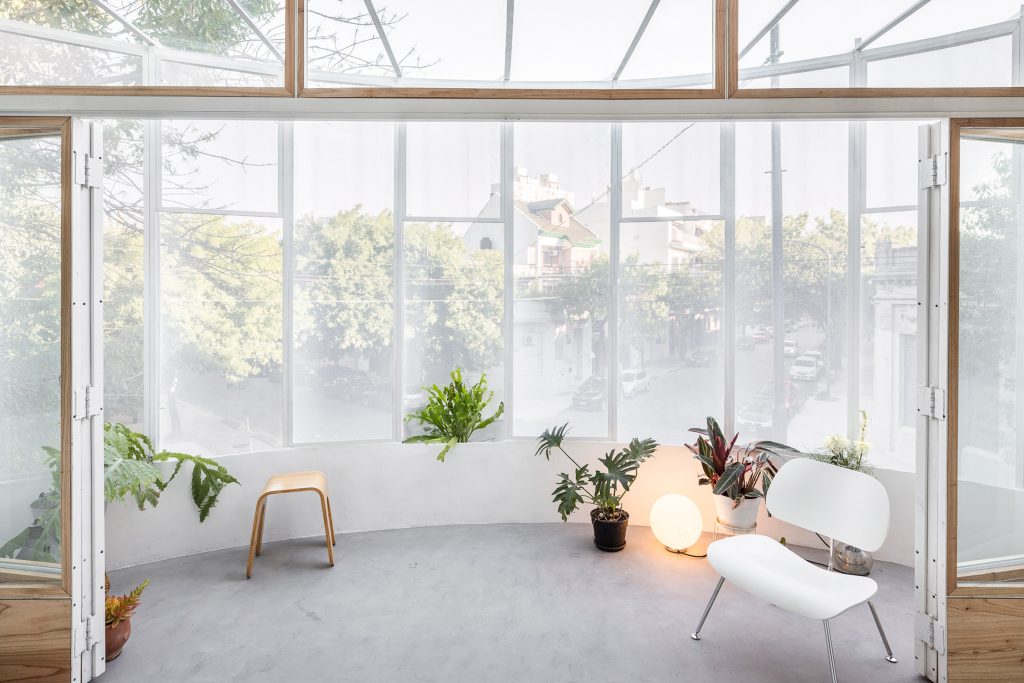5S is a workplace organization method that uses a list of five Japanese words: seiri, seiton, seis, seiketsu, and shitsuke . These have been translated as “Sort”, “Set In order”, “Shine”, “Standardize” and “Sustain”.The list describes how to organize a work space for efficiency and effectiveness by identifying and storing the items used, maintaining the area and items, and sustaining the new order.
Sort (seiri 整理)
Seiri is sorting through all items in a location and removing all unnecessary items from the location.
Goals:
1.Reduce time loss looking for an item by reducing the number of items.
2.Reduce the chance of distraction by unnecessary items.
3.Simplify inspection.
4.Increase the amount of available, useful space.
5.Increase safety by eliminating obstacles.
Implementation:
1.Check all items in a location and evaluate whether or not their presence at the location is useful or necessary.
2.Remove unnecessary items as soon as possible. Place those that cannot be removed immediately in a ‘red tag area’ so that they are easy to remove later on.
3.Keep the working floor clear of materials except for those that are in use for production.
Set in order (seiton 整頓)
Seiton is putting all necessary items in the optimal place for fulfilling their function in the workplace.
Goal:
1.Make the workflow smooth and easy.
Implementation:
1.Arrange work stations in such a way that all tooling / equipment is in close proximity, in an easy to reach spot and in a logical order adapted to the work performed. Place components according to their uses, with the frequently used components being nearest to the workplace.
2.Arrange all necessary items so that they can be easily selected for use. Make it easy to find and pick up necessary items.
3.Assign fixed locations for items. Use clear labels, marks or hints so that items are easy to return to the correct location and so that it is easy to spot missing items.
Shine (seiso 清掃)
Seiso is sweeping or cleaning and inspecting the workplace, tools and machinery on a regular basis.
Goals:
1.Improves the production process efficiency and safety, reduces waste, prevents errors and defects.
2.Keep the workplace safe and easy to work in.
3.Keep the workplace clean and pleasing to work in.
4.When in place, anyone not familiar to the environment must be able to detect any problems within 50 feet in 5 sec.
Implementation:
1.Clean the workplace and equipment on a daily basis, or at another appropriate (high frequency) cleaning interval.
2.Inspect the workplace and equipment while cleaning.
Standardize (seiketsu 清潔)
Seiketsu is to standardize the processes used to sort, order and clean the workplace.
Goal:
1.Establish procedures and schedules to ensure the repetition of the first three ‘S’ practices.
Implementation:
1.Develop a work structure that will support the new practices and make it part of the daily routine.
2.Ensure everyone knows their responsibilities of performing the sorting, organizing and cleaning.
3.Use photos and visual controls to help keep everything as it should be.
4.Review the status of 5S implementation regularly using audit checklists.
Sustain/self-discipline (shitsuke しつけ)
Shitsuke or sustain the developed processes by self-discipline of the workers. Also translates as “do without being told”.
Goal:
1.Ensure that the 5S approach is followed.
Implementation:
1.Organize training sessions.
2.Perform regular audits to ensure that all defined standards are being implemented and followed.
3.Implement improvements whenever possible. Worker inputs can be very valuable for identifying improvements.
4.When issues arise, identify their cause and implement the changes necessary to avoid recurrence.
Show some love in the comment section, and don’t forget to share this post if you learn something new or you liked this post.
Team MICRO NATION.

